In recent years, the Philippines has been making waves in the global community with its ambitious shift towards renewable energy. Nestled in the heart of Southeast Asia, this archipelago of over 7,000 islands is blessed with an abundance of natural resources. However, the journey towards sustainable power has been driven not just by nature’s bounty but also by necessity. With the increasing threats of climate change and the pressing need for energy security, the Philippines has recognized the importance of transitioning from traditional fossil fuels to clean, renewable energy sources.
Understanding the Renewable Energy Landscape
The concept of renewable energy is not new, but its implementation has gained momentum in recent years. Renewable energy comes from sources that are naturally replenishing, such as solar, wind, hydro, and geothermal power. Unlike fossil fuels, which are finite and contribute to environmental degradation, renewable energy offers a sustainable and eco-friendly solution. The Philippines, with its diverse topography and climate, is particularly well-suited to harness these resources. The islands are bathed in sunlight year-round, swept by strong winds, and dotted with geothermal hotspots, making them ideal for renewable energy projects.
The Role of Solar Power
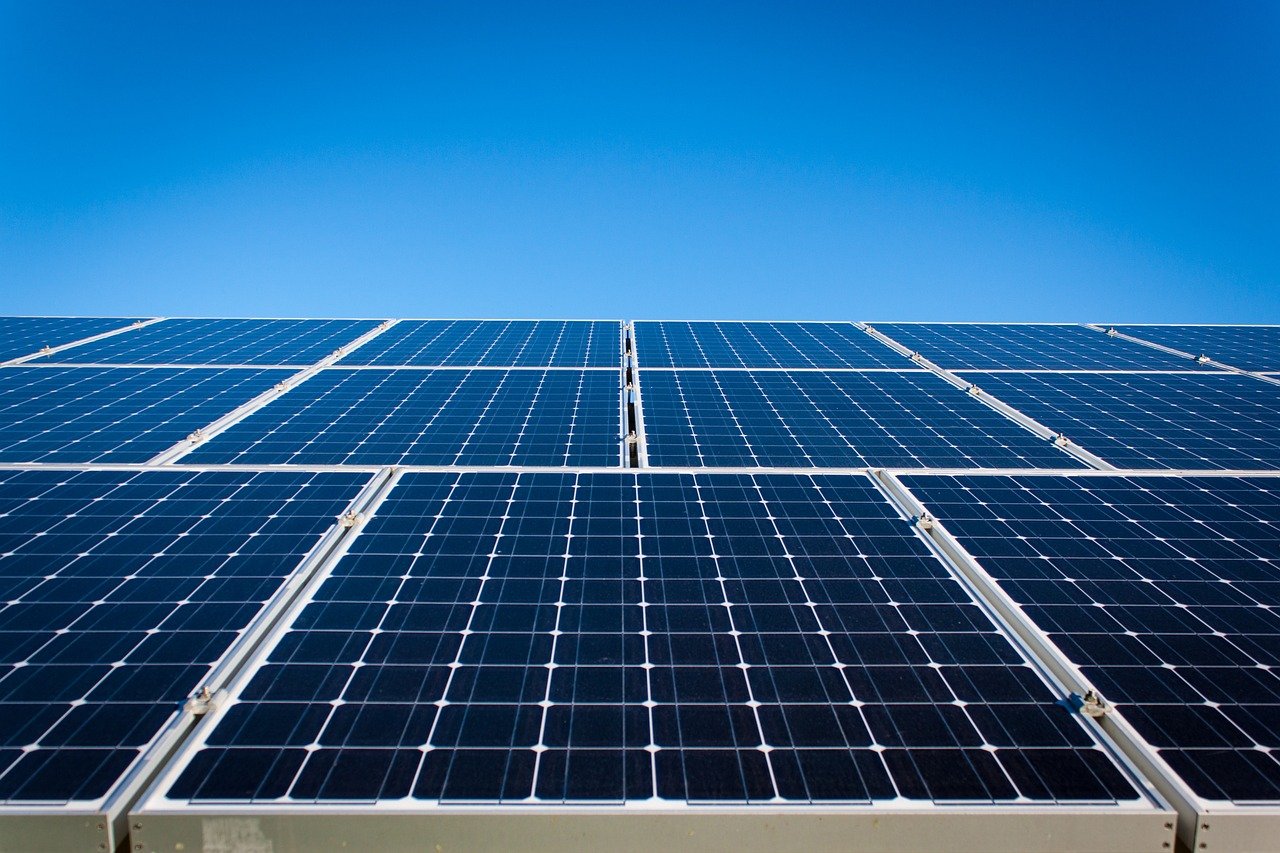
Solar power stands out as a promising solution for the Philippines due to its geographical advantages. The country enjoys abundant sunlight throughout the year, making solar energy a viable option for both urban and rural areas. Solar panels convert sunlight into electricity, providing a clean and efficient energy source. In recent years, the government has intensified efforts to promote solar power by offering incentives and supporting initiatives to make solar technology more accessible to households and businesses alike. This shift not only reduces carbon emissions but also empowers communities by providing them with a reliable source of electricity.
Harnessing the Wind
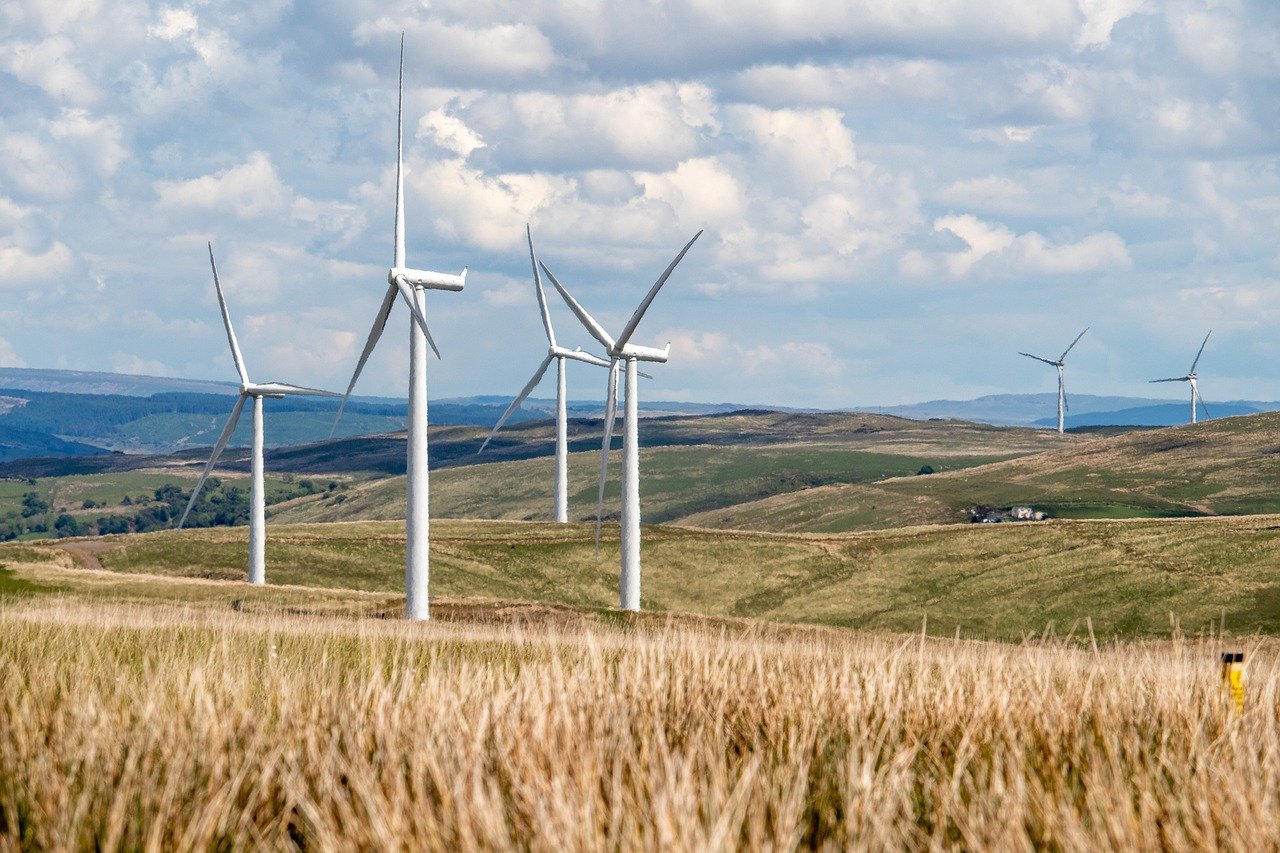
The Philippines’ geographic location also makes it a prime candidate for wind energy. The strong and consistent winds that sweep across the archipelago offer a significant opportunity to harness wind power. Wind turbines convert the kinetic energy from the wind into electricity, providing a sustainable alternative to fossil fuels. Several wind farms have been established across the country, particularly in the northern regions where wind conditions are most favorable. These projects not only contribute to the country’s renewable energy goals but also create jobs and stimulate local economies.
Geothermal Energy: A Powerful Resource
Geothermal energy is another key player in the Philippines’ renewable energy strategy. The country is home to numerous volcanic regions, providing a wealth of geothermal resources. Geothermal power plants tap into the Earth’s heat, converting it into electricity. This form of energy is not only sustainable but also highly efficient, offering a consistent and reliable power supply. The Philippines ranks among the world’s top producers of geothermal energy, demonstrating its commitment to leveraging its natural assets for sustainable development.
Hydropower: Tapping Into Water Resources
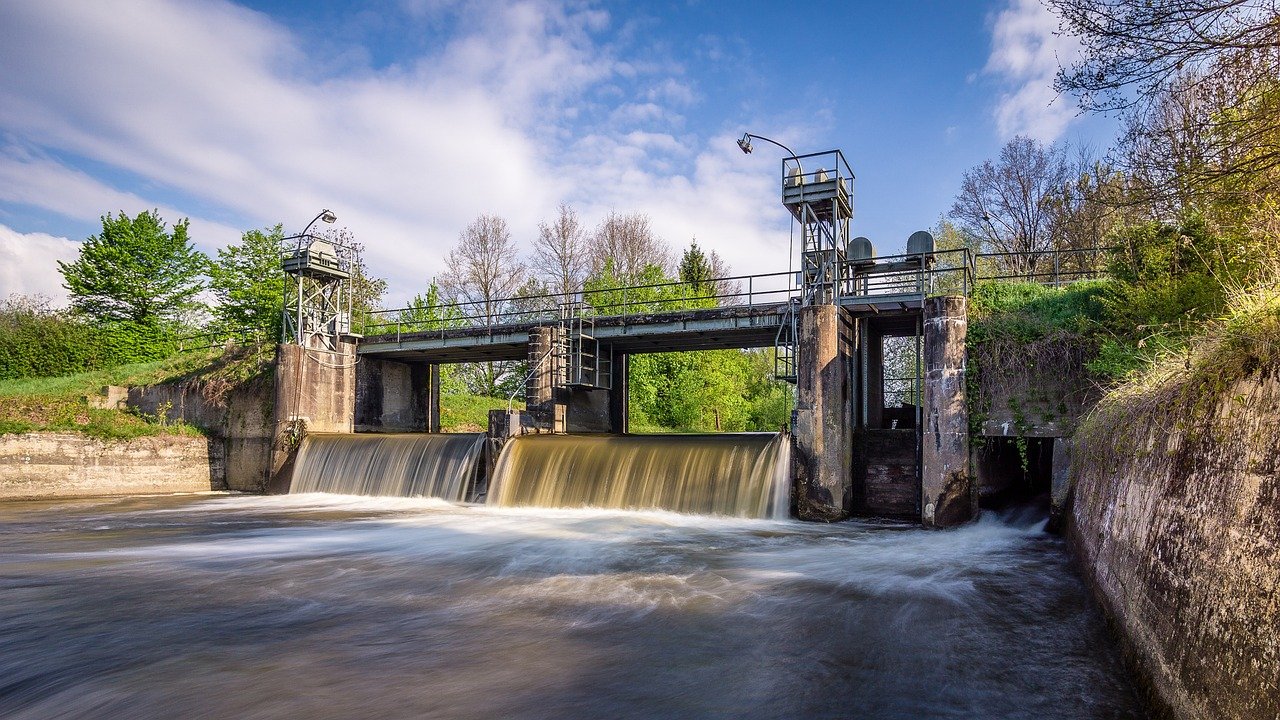
Hydropower has long been a staple of the Philippines’ energy mix. The country’s numerous rivers and waterways provide ample opportunities for hydropower generation. By constructing dams and utilizing water flow, hydropower plants generate electricity without emitting greenhouse gases. While the environmental impact of large-scale dams is a concern, small-scale hydropower projects offer a more sustainable approach, particularly for remote communities. These projects not only provide clean energy but also support local development by improving infrastructure and access to electricity.
Government Initiatives and Policies
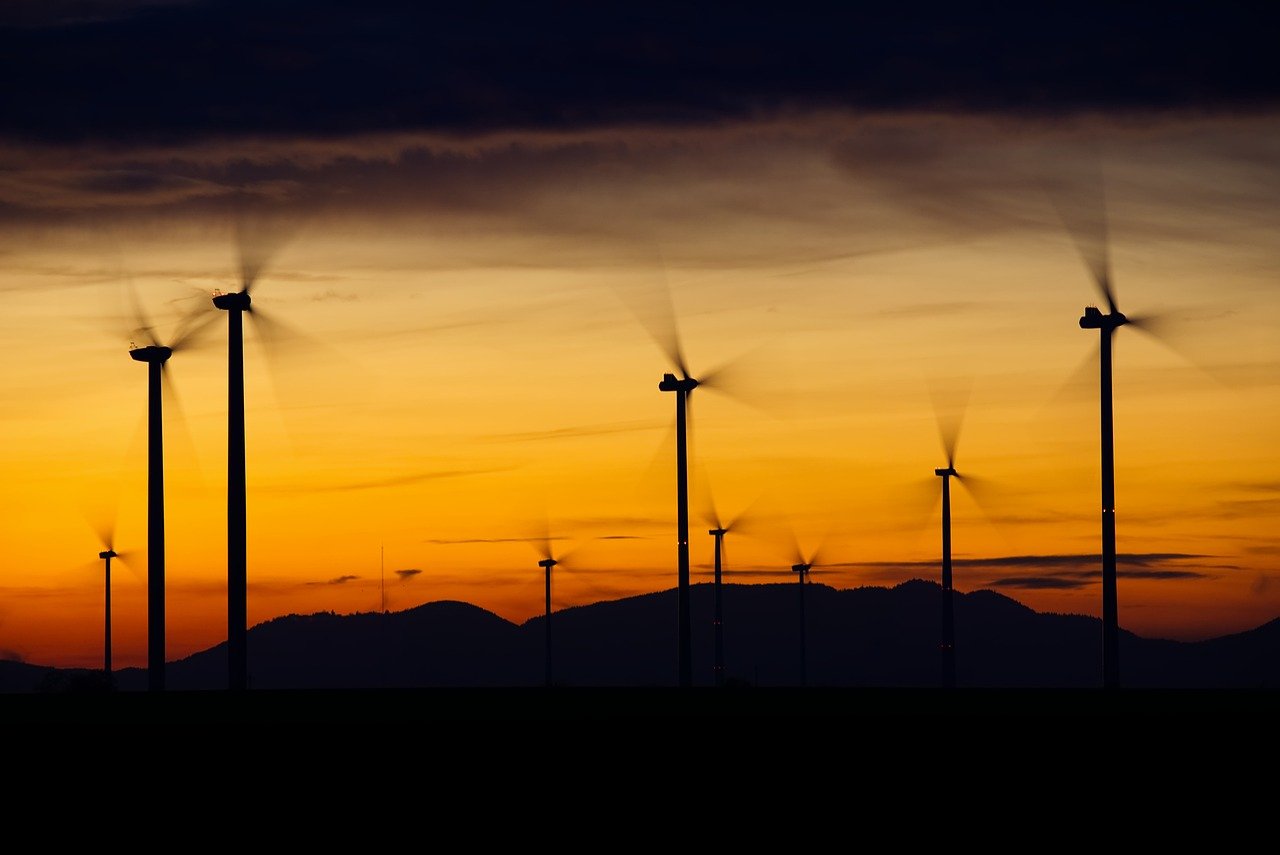
The Philippine government has played a crucial role in advancing renewable energy through various initiatives and policies. The Renewable Energy Act of 2008 marked a significant milestone, providing a legal framework to promote and incentivize renewable energy projects. The government has set ambitious targets to increase the share of renewable energy in the national energy mix, aiming for a significant reduction in carbon emissions. By offering tax incentives, feed-in tariffs, and other support mechanisms, the government encourages both local and international investment in renewable energy projects.
Challenges and Opportunities
While the shift towards renewable energy presents numerous opportunities, it also comes with its share of challenges. Infrastructure development, financing, and regulatory hurdles are among the key obstacles that need to be addressed. Furthermore, the intermittent nature of some renewable energy sources, such as solar and wind, requires innovative solutions for energy storage and grid integration. Despite these challenges, the potential benefits of renewable energy are immense, offering a path towards energy security, environmental sustainability, and economic growth.
Community Involvement and Empowerment

Community involvement is essential for the success of renewable energy projects. By engaging local communities and stakeholders, projects can be tailored to meet the specific needs and priorities of each area. This approach not only ensures the sustainability of projects but also empowers communities by providing them with a sense of ownership and participation. Successful renewable energy projects often involve collaboration between the government, private sector, and local communities, creating a win-win situation for all parties involved.
Technological Innovations and Research
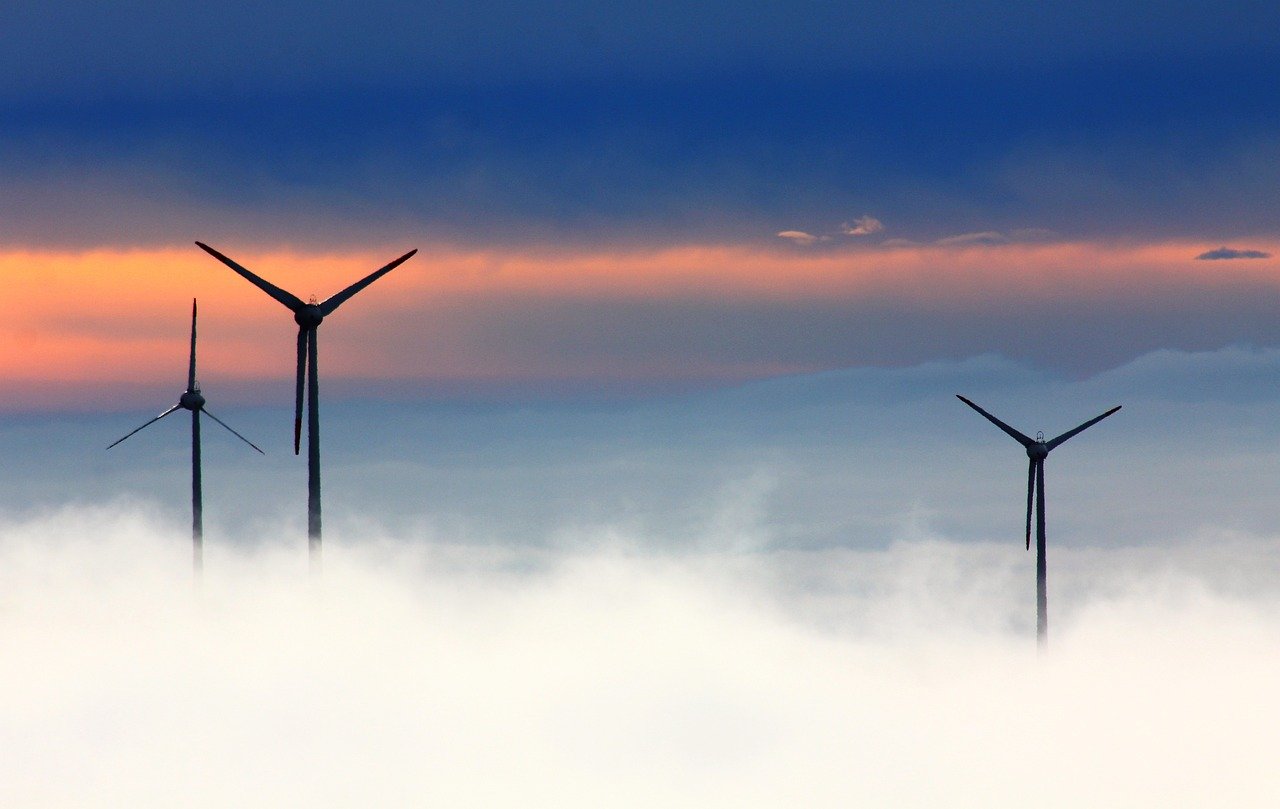
Technological innovations and research are driving the evolution of renewable energy in the Philippines. Advances in solar panel efficiency, wind turbine technology, and energy storage solutions are making renewable energy more accessible and cost-effective. Research institutions and universities play a vital role in developing new technologies and providing the expertise needed to overcome technical challenges. By fostering a culture of innovation and collaboration, the Philippines can continue to lead the way in renewable energy development.
The Path Forward
The Philippines’ journey towards harnessing renewable energy is a testament to the country’s resilience and commitment to sustainable development. By embracing clean energy sources, the Philippines is taking significant steps towards reducing its carbon footprint and mitigating the impacts of climate change. As the country continues to invest in renewable energy, it not only secures a sustainable future for its citizens but also sets an example for other nations to follow. The shift towards renewable energy is not merely a transition; it is a transformation that holds the promise of a brighter and more sustainable future for all.




